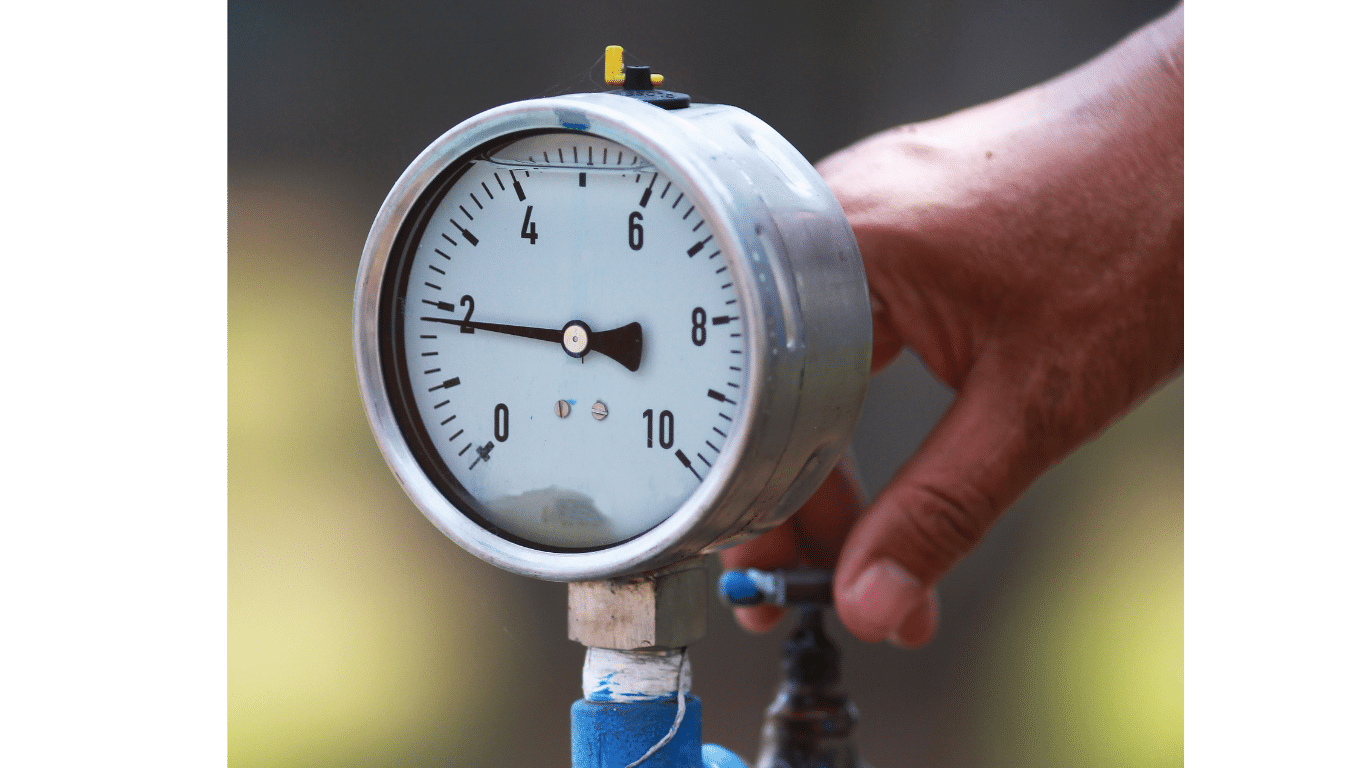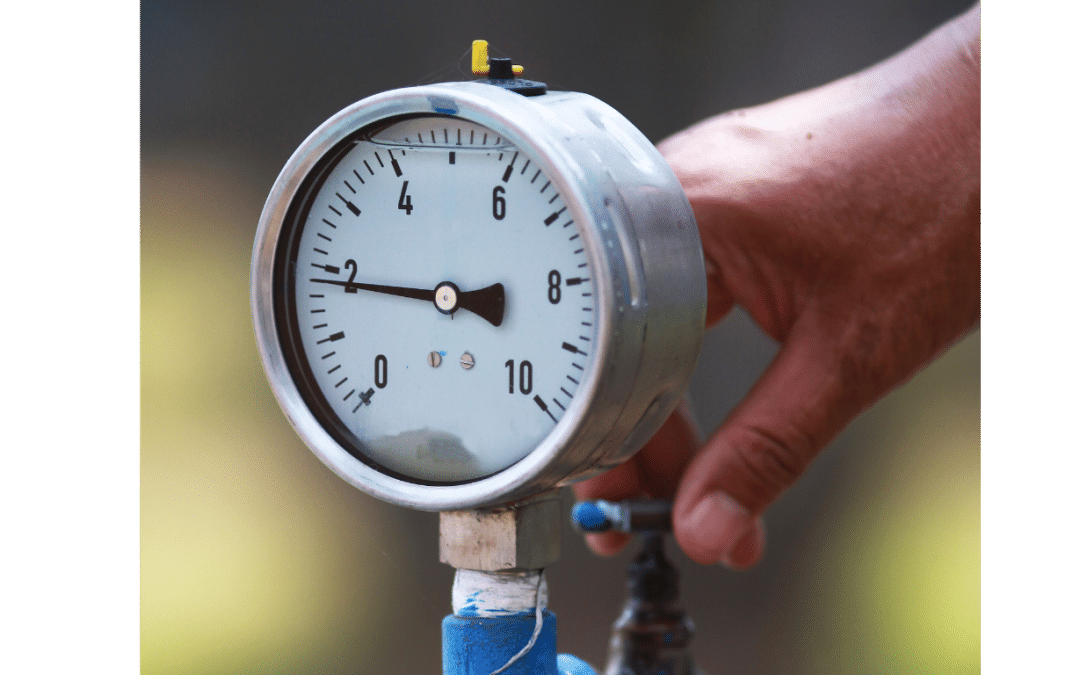5 Simple Ways to Increase Water Pressure For Your Well
Have you ever turned on your faucet, anticipating a steady stream of water, only to be met with a weak dribble? You’re not alone. Low water pressure is a frequent, frustrating issue for many homeowners, especially those relying on a well system. The shower turns into a trickle when someone runs a tap, the washing machine seems to take forever to fill, and watering the garden becomes an exercise in patience.
Or worse yet, have you experienced an abrupt drop in water pressure during a shower when you’ve lathered up your hair with shampoo? This is when you realize, sometimes too late, how crucial a constant pressure system is. It’s maddening, isn’t it? Dealing with such pressure problems can turn simple daily activities into a chore, which you should not put up with.
Imagine this – a morning shower with a water flow so strong and steady it feels like a massage, a washing machine cycle that doesn’t take forever, and an outdoor hose with enough force to reach the farthest corner of your garden.
It sounds like a dream, doesn’t it? But here’s the thing – you can make this dream a reality.
How, you ask?
Well, the answer lies in understanding how to increase well water pressure. And it’s simpler than you might think. It involves getting to know components like the pressure tank, understanding terms like ‘pounds per square inch,’ and learning about tools like the air fill valve.
Are you ready to transform your water supply and say goodbye to the days of low water pressure once and for all? The journey to adequate pressure in your home’s water system starts here, and we’re with you every step of the way.
5 Simple Ways How to Increase Well Water Pressure
A. Check the Air Fill Valve
The air fill valve is an often-overlooked component that dramatically impacts water pressure. Found on your pressure tank regulates the air pressure inside and balances the water pressure. It’s like a tire pressure gauge for your water system.
Checking it is straightforward: use an air pressure gauge and make sure the reading falls within the normal range, usually between 40 to 60 pounds per square inch. If you find too much pressure, you can release air to adjust it. And if the pressure is too low, an air compressor can come in handy to increase it.

B. Adjust the Pressure Tank
Your pressure tank is another crucial player in your quest for increased water pressure. This tank stores pressurized water that your well pump pushes into your home’s plumbing system. When the pressure drops, it’s often because the pump and pressure tank settings are off balance. By adjusting the pressure switch, you can increase the tank pressure.
This involves changing the cut-in and cut-out pressure settings to allow more water into the tank before it cuts out, thereby expanding the supply line’s incoming pressure. But remember, too much pressure can lead to a damaged pressure tank, so it’s essential to maintain a balanced setting.
C. Clean Out Clogged Pipes
Over time, your water pipes may accumulate mineral deposits, especially if your water supply has a high amount of hard water. These deposits can narrow pipes, reducing the water flow and, thus, the water pressure. You might need to clean or replace your pipes to fix the low water pressure caused by clogged pipes. A simple home remedy of baking soda and vinegar can help with minor clogs. But for severe blockages, you might need professional help.
D. Install a Constant Pressure System
Installing a constant pressure system can be a game-changer. Unlike traditional systems that turn on and off based on the pressure in the tank, constant pressure systems use variable speed pumps to keep the pressure steady, regardless of how much water is used.
So, whether you’re watering the garden while doing laundry or taking a shower while someone else is washing dishes, your water pressure remains consistent. Plus, installing a constant pressure system can help prevent sudden water pressure drops, enhancing your water usage experience.
E. Install a Pump with a Higher Flow Capacity
Finally, if all else fails, it might be time to upgrade your pump system. A pump with a higher flow capacity can increase the water pressure from your well. For instance, a submersible pump or a water pressure booster pump can force water into your system at a higher rate, thereby improving the water flow. The key is choosing a pump matching your water system’s requirements and usage habits.
What Causes Low Water Pressure?
1. Faulty Pressure Tank or Pump
A faulty pressure tank or well pump is a common reason for low water pressure. These two components are at the heart of your well system, working together to push water through your supply line and maintain adequate pressure. If either of these components is not functioning correctly, your home’s water pressure can suffer.
For instance, if your pressure tank is damaged or not holding pressure correctly, it may not store enough water to meet your needs. Similarly, if the well pump is not operating at its total capacity, it may not be able to deliver water with the necessary force.
The pressure in the tank can be checked with a pressure gauge. A pressure reading below the normal range could indicate a problem with the tank or pump.
2. Poorly Adjusted Pressure Switch
The pressure switch is crucial in regulating your water system’s pressure. It determines the cut in pressure or the point at which your pump kicks on to refill the tank. If the pressure switch is too low, your pump might not activate until the pressure drops too far, resulting in low water pressure.
You might need to adjust the pressure settings to fix the low water pressure caused by a poorly adjusted pressure switch. However, always follow the manufacturer’s instructions or seek professional help when messing with the pressure switch. Improper adjustments can lead to even more pressure issues.
3. High Demand Outstripping Supply
Sometimes, the issue isn’t with the well system but instead its demands. If the water used in your home exceeds the flow rate your well pump can provide, you’ll experience low water pressure.
This can mainly be a problem during peak usage times, such as in the morning or evening when multiple appliances and fixtures are used simultaneously. The shower heads on the upper floors might drop pressure if the water demand in other parts of the house is too high.
The solution could be installing a constant pressure system, a pressure booster, or upgrading to a variable speed pump. These modifications can help your system meet the high demand and maintain steady water pressure.
Wrapping Up
Navigating the world of water systems can be overwhelming, especially when experiencing issues like low pressure. But remember, you don’t have to do it alone.
Whether you want to increase water pressure, fix low water pressure, or install a constant pressure valve or booster pump to enhance the flow rate, we at WildHeron Drilling are here to help.
Our expertise extends beyond well pumps and pressure tanks. We’re well-versed in all aspects of water systems, from addressing problems with the pressure control switch to managing issues that arise when your water exceeds the capacity of your current system.
We can help you optimize your well system, whether a private water source in the countryside or a city water supply dealing with hard water challenges.
Consider us your go-to resource for all things related to water pressure. We can assess your water line, install booster pumps, and suggest solutions like a water softener if your low-pressure issues stem from hard water.
And remember, maintaining your water tank and ensuring your pressure regulator and air valve is in top shape is key to a well-functioning system.
Don’t let low-pressure issues get in the way of your day-to-day life. Contact us at WildHeron Drilling, and together, let’s ensure your water pressure is not just good but great. After all, you deserve nothing less.

